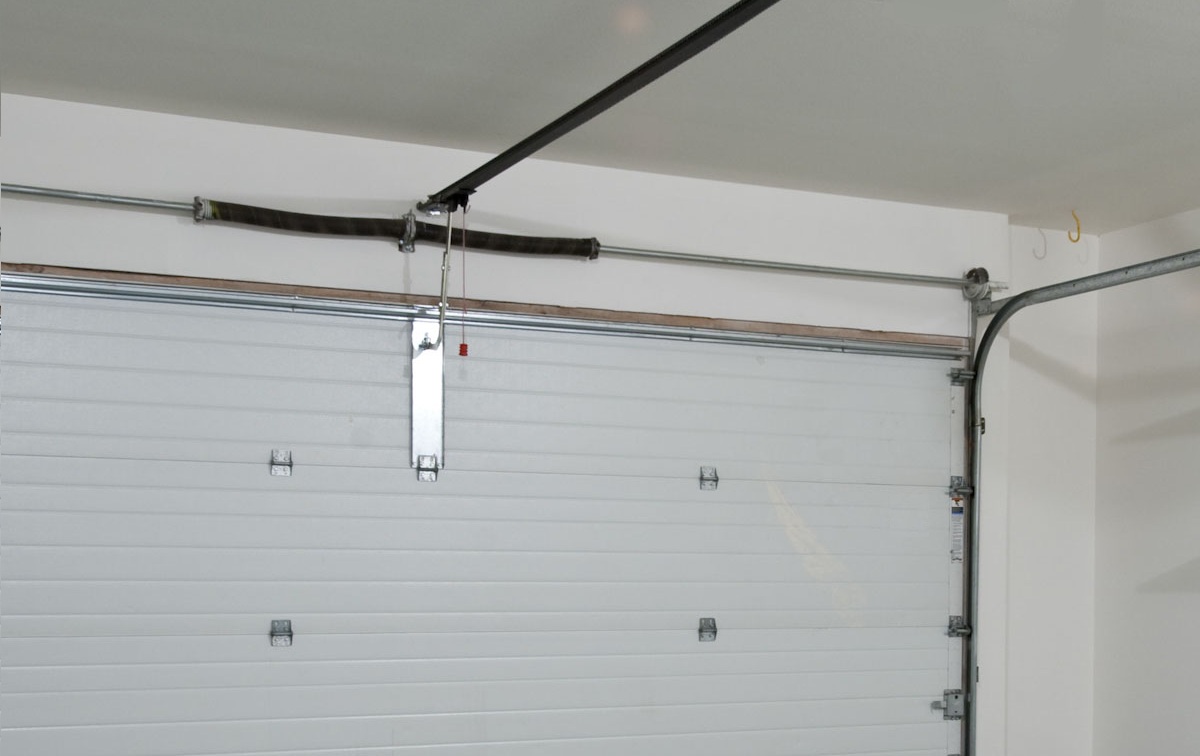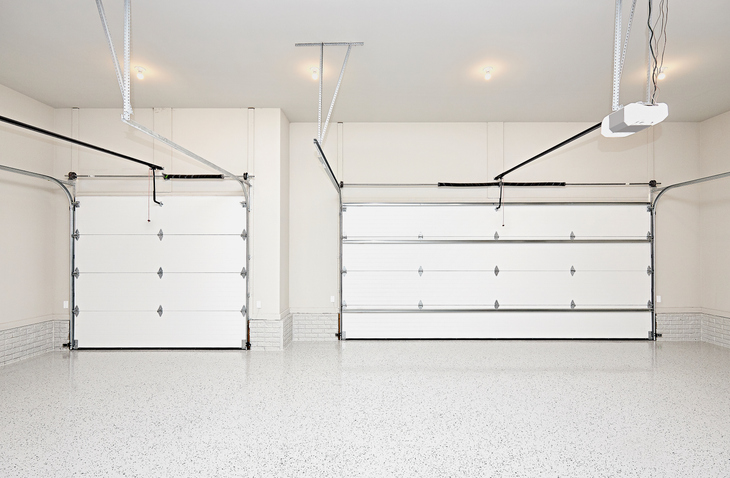When it comes to maintaining the functionality and safety of your garage door, selecting the right spring size is crucial. Garage door springs bear the significant weight of the door, making them fundamental to its smooth operation. With homeowners often unsure about the right spring size, its essential to understand the basics to avoid potential hazards and ensure lasting performance.

Understanding Garage Door Springs
Garage door springs come in two main typestorsion and extension springs. Both play a pivotal role in balancing and lifting your garage door, but their configurations and functionalities differ.
Torsion Springs
Torsion springs are mounted horizontally above the garage door opening. They use torque to lift the door and are known for their durability and efficiency. Typically, a garage door has one or two torsion springs, depending on its size and weight.
Extension Springs
Extension springs are located on either side of the garage door tracks. They stretch and contract to balance the door, making them a fit for lighter garage doors. However, they tend to wear out faster compared to torsion springs.
Factors Influencing Spring Size
Selecting the right spring size involves considering various factors that directly impact the performance of your garage door.
Weight of the Garage Door
The door’s weight is the primary factor in determining spring size. Heavier doors need stronger springs with higher torque. Therefore, it’s vital to accurately measure the doors weight before purchasing new springs.
Dimensions of the Garage Door
The height and width of the garage door influence the length and diameter of the spring. Larger doors typically require longer and thicker springs to provide adequate support.
Type of Spring
The decision between torsion and extension springs also affects the size requirements. Torsion springs generally have more specific size parameters, while extension springs may offer a bit more flexibility in sizing.
Step-by-Step Guide to Determine the Right Spring Size
To help you accurately select the proper spring size, follow this step-by-step guide:
Step 1: Measure the Door’s Weight
Disconnect the garage door from the opener, and use a bathroom scale to measure the door’s weight. Gently lower the door onto the scale and record the weight accurately.
Step 2: Measure the Wire Diameter
Using a caliper, measure the diameter of the spring’s wire. This measurement is taken in fractions of an inch and is vital for determining the spring’s strength.
Step 3: Measure the Spring Length
For torsion springs, measure the length of the spring while its unwound. For extension springs, measure the spring when its at rest. This length contributes to the overall torque and balance of the door.
Step 4: Determine the Inside Diameter
Check the inside diameter of the spring. This is typically marked on the spring and is crucial for accurately sizing torsion springs.
Step 5: Count the Number of Coils
Count the total number of coils in the spring. This helps in assessing the springs ability to handle the door’s weight and operate smoothly.
Seeking Professional Assistance
While DIY enthusiasts may feel confident about measuring and installing garage door springs, seeking professional assistance ensures safety and accuracy. Professional technicians have the expertise to select and install the right spring size, minimizing risks associated with incorrect handling.
The Role of Approved Technology in Spring Selection
Modern technology has significantly influenced the quality and selection process of garage door springs. With advanced tools and digital measurement systems, determining the right spring size has become more precise and efficient.
Digital Measuring Tools
Advanced digital calipers and torque measurement tools provide accurate readings for wire diameter, spring length, and door weight, ensuring the spring fits perfectly.
Spring Calculation Software
Companies now offer spring calculation software that helps homeowners and technicians input various parameters to determine the most suitable spring size.
Smart Garage Door Systems
Innovations like smart garage door systems have made it easier to monitor the performance of garage door springs. These systems provide alerts for wear and tear, prompting timely replacements and maintenance.
Maintaining Garage Door Springs
Regular maintenance is crucial to extend the lifespan of garage door springs. Here are some tips for proper maintenance:
Lubrication
Frequently lubricate the springs to reduce friction and wear. Use a high-quality garage door lubricant for this task.
Inspection
Regularly inspect the springs for signs of wear, rust, or damage. Early detection can prevent sudden breakages and potential accidents.
Balancing the Door
Ensure the garage door stays balanced and aligned. An imbalanced door exerts excessive pressure on the springs, causing them to deteriorate faster.
Conclusion
Choosing the right spring size for your garage door is essential for its optimal performance and safety. By understanding the different types of springs, the factors influencing their size, and using approved tec hnology to make precise measurements, homeowners can ensure their garage doors function seamlessly for years to come. Additionally, regular maintenance and professional assistance can further enhance the longevity and reliability of garage door springs.
hnology to make precise measurements, homeowners can ensure their garage doors function seamlessly for years to come. Additionally, regular maintenance and professional assistance can further enhance the longevity and reliability of garage door springs.
FAQs
1. How often should garage door springs be replaced?
Typically, garage door springs last between 7 to 12 years, depending on the frequency of use. Regular inspections help in identifying the right time for replacement.
2. Can I replace garage door springs myself?
While its possible, it is recommended to seek professional assistance due to the risks involved. Incorrect handling can lead to serious injuries.
3. What’s the difference between torsion and extension springs?
Torsion springs offer greater durability and efficiency, mounted above the door, while extension springs stretch along the tracks. Torsion springs are generally preferred for heavier doors.
4. Do smart systems really help with garage door maintenance?
Yes, smart systems provide valuable insights and alerts on the condition of your garage door, promoting timely maintenance and replacement of parts.










